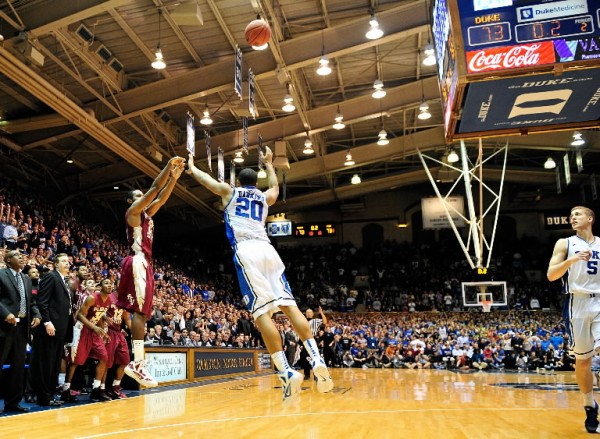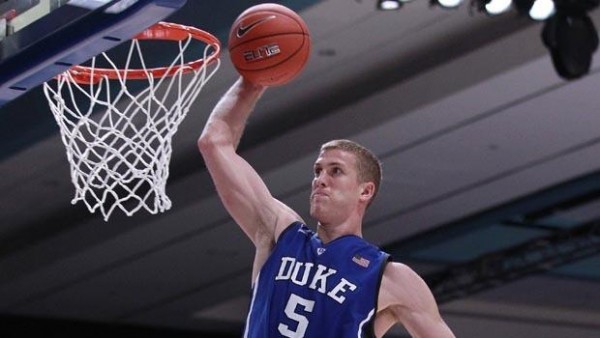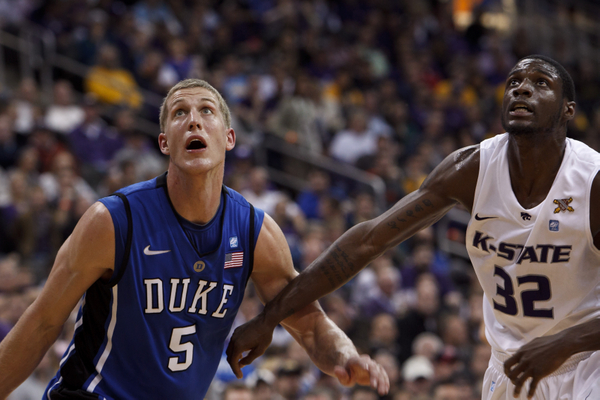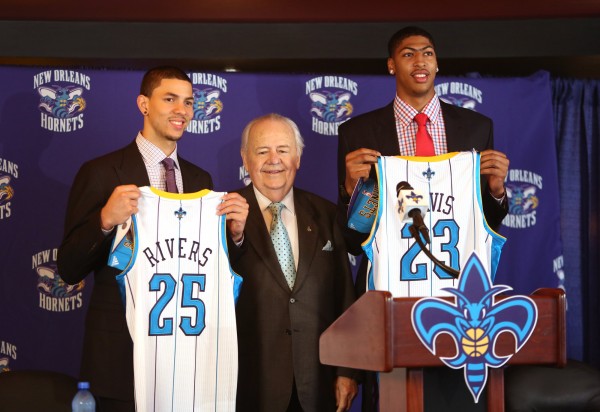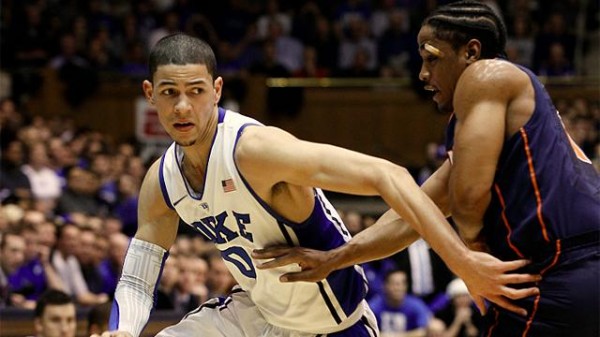With the Game on the Line, Which ACC Players Get the Call?
Posted by Christopher Kehoe on February 1st, 2014The ACC is chock full of great athletes and even greater coaches. In such a highly competitive environment, there is bound to be a plethora of close finishes. Even the elite coaches can’t physically will their teams to victory, but instead have to rely upon the players who have ice in their veins. Some coaches prefer a heady point guard who can wind the clock down, penetrate into the paint at the right moment, and then fire off a pinpoint pass to a shooter on the wing for the win. Other coaches prefer a more traditional route of isolation basketball, putting the ball in the hands of the best player, someone who can rise up over the defense or break down his defender one-on-one.
The list of memorable ACC finishes could fill an entire book, provoking court rushes and jubilant celebrations for one team and a traumatic letdowns for another. The most recent that comes to mind from Tobacco Road was Duke’s Austin Rivers buzzer-beater in Chapel Hill two years ago. That same season, and only a month prior to Rivers’ game winner, Duke was shocked at home by Michael Snaer‘s three at the horn to snap a 45-game Duke home winning streak. Flash forward to the present and both Snaer and Rivers are long gone from their respective campuses as new faces and even a few teams litter the ACC landscape. With that in mind, who are the players that ACC coaches most want with the ball in their hands and the game on the line this season? Here are 10 players who have their coaches’ trust in those game-ending situations.
- Tyler Ennis, Syracuse: The freshman point guard from Canada has won Jim Boeheim as well as his teammates’ confidence and has solidified himself as the go-to presence for this year’s undefeated Syracuse team. Look no further than Ennis’ play in the final minutes of Syracuse’s home win over old rival Pittsburgh, as the Orange eked out a victory late, largely thanks to Ennis.





























